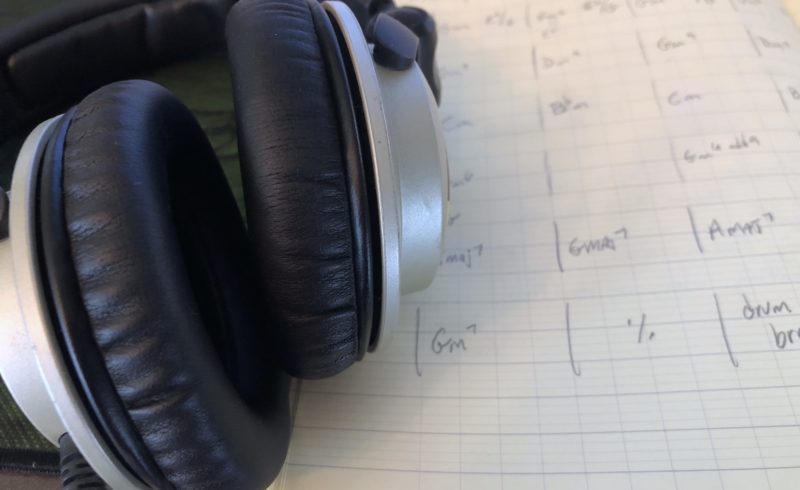
A lawsuit has been filed against Travis Scott claiming his hit “Highest In the Room” infringes on a track called “Cartier” by songwriters Olivier Bassil, Benjamin Lasnier, and Lukas Benjamin Leth. The three plaintiffs reportedly shopped “Cartier” around and were in touch with Scott’s people. There’s plenty of backstories told in the complaint, but that’s mostly none of my concern; musicologists only care about what’s in the music. So, do I think Scott should be terribly worried about this? Well…
I’ve given past reports catchy titles like “Gimme 3 minutes to show you why song A was or wasn’t copied from song B” but this one might take the cake. Sometimes musicology is complex; other times less so. This is one of those latter times; I’m saying give me two, just two minutes.
I haven’t heard a recording of “Cartier.” I don’t even know if it’s possible to, nor if it is published. But having read the complaint, one gathers the case is mostly, and maybe entirely, about the repeating two-bar guitar part that essentially runs throughout “Highest In The Room.” And I’m plenty familiar with that. (Thanks for that, dear children.)
Ready to go? Two minutes.
Wait… wanna hear “Highest In the Room” first? You only need to listen to the first thirty seconds. Listen to the guitar picking that plays along when Travis starts singing.
Okay… got it? Great. Here we go. Two minutes. Start the clock!
Assume for now that the guitar part in “Highest” is absolutely identical to one in “Cartier.”
Here are the notes to “Highest In The Room’s” two-measure guitar part. It’s okay if you don’t read music. Just look it over, paying attention to the notes in black and ignoring the ones in red for now. These two measures just repeat over and over and over.

The notes in black, without exception, form two “arpeggios.” All are played in steady eighth notes and repetitive order.
What is an arpeggio? “Arpeggios” are the individually and sequentially played notes from a chord. If you think about a folk guitar player, it’s the difference between strumming the strings of a chord all at once versus picking the strings individually.
"Highest" contains a D minor chord in the first measure, and an A minor chord in the second. That's right, the whole song goes back and forth between D minor and A minor.
Measure one arpeggio: "F-D-A-F-D-A-F" (D, F, and A comprise a D minor chord, a triad.)
Measure two arpeggio: "E-C-A-E-C-A" (A, C, and E comprise an A minor chord.)
(We’re nearly done here…)
Arpeggios are the sort of musical elements that musicologists call “building blocks.” They appear along with chords and scales atop lists of “common property elements” in music. In other words “stuff copyright doesn’t protect because it belongs to everybody.” Here is just such a list from the U.S. Copyright Office itself.
From 802.5(A) Independent Creation
Some examples of common property musical material include:
• Diatonic or chromatic scales.
• Arpeggios.
• Chord symbols based on standard chord progressions.
So even if the guitar parts of “Cartier” and “Highest In The Room” are completely identical, all the notes in black are “arpeggios,” and ordinary arpeggios at that, so it’s gotta be the red notes causing the trouble, right? (indulging this cuz I have a few seconds left.)
Nah, the transcriptions (written notes) in the complaint show that the parts are not identical. The red notes from “Highest” do not appear in “Cartier.”
Done. Stop the clock — minute forty-five or so?
Straightforward though it would seem, it’s worth mentioning the plaintiffs are represented by Richard Busch (who has an enjoyable and interesting podcast out now by the way), and if you’ve read anything here on Musicologize in the past, you probably know he’s pulled rabbits out of hats before. And perhaps I’m missing something. I’ll keep looking for it.
Comments welcome.
2 Comments
Plagiarism is one thing that breaks all the hard work in making music. Organizing instruments and coordinating music composition is something that comes out of complex thoughts. Copying someone’s hard work is a crime beyond recognition and should not be tolerated. What is the point of creating art if it never were original!
Who knew arpeggios and chords were now subject to copyright. God… as a musician and multi-instrumentalist, i may as well quit.